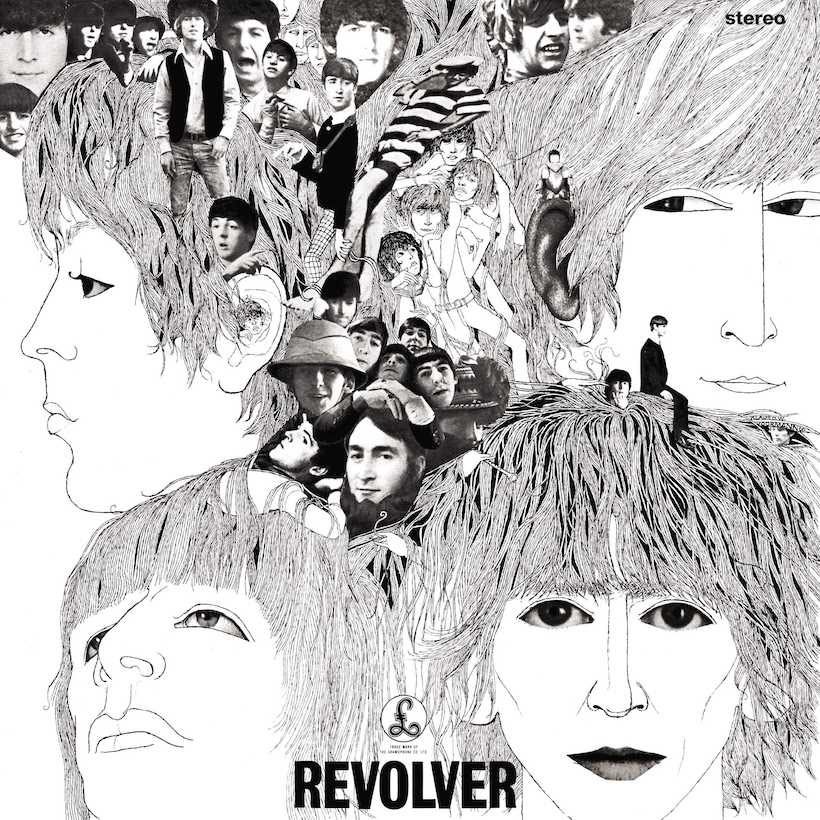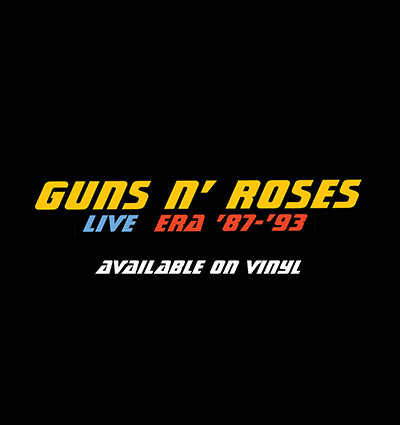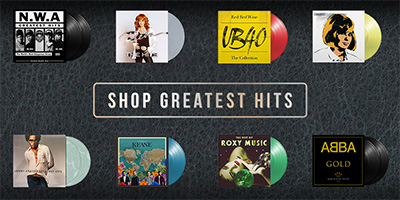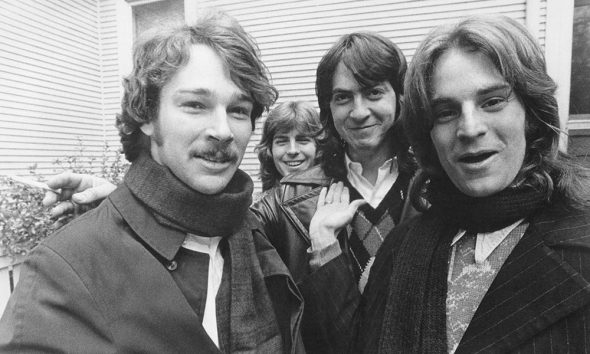The Beatles’ ‘Revolver’: The Most Ambitious Pop Music Committed To Vinyl
Upon its release in August 1966, The Beatles’ ‘Revolver’ was the most ambitious pop music committed to vinyl.

I can remember precisely where I was the first time I heard the opening bars of “Taxman.” I was playing table tennis at my friend’s house and his older brother had bought the album home from the local record store in South London. The Beatles’ Revolver came out on August 5, 1966. I’m not sure how long it was before I heard those opening bars of “Taxman,” but I suspect not long. It was during the summer holidays in 1966; I was 15 years old and very impressionable. A few months earlier, The Beatles’ “Paperback Writer” had been No.1 for a couple of weeks, and it was one of my favorite singles.
What makes The Beatles’ Revolver an important album?
What is it that makes Revolver such an important and brilliant album? Well, for starters it was the record that introduced us all to psychedelic music: the backward guitar in “I’m Only Sleeping,” along with the completely different and utterly brilliant “Tomorrow Never Knows.” John’s vocals are perfect and it still sounds as fresh years later as it did in the summer of 1966.
Like many people, I suspect, I had no idea at the time that George had written “Taxman.” It was George’s second-ever non-love song, and one of three songs that George penned for the album. On it, he bemoans the high levels of income tax levied by the British Labour government under the leadership of Harold Wilson. As The Beatles’ earnings put them in the top tax bracket in the UK, it meant that they were liable for 95 percent tax on every pound they earned: “There’s one for you, nineteen for me.”
George also wrote “Love You To,” which is a return to more traditional subject matter. Its instrumentation, however, is not. In October 1965, George had played a sitar on “Norwegian Wood (This Bird Has Flown),” for Rubber Soul, and on “Love You To” there’s Indian classical instrumentation – a tabla, a pair of hand-drums, sitar, and a tambura that provided the drone, making this the first Beatles song to fully reflect the influence of Indian classical music.
George’s third song is “I Want To Tell You,” and it is another song with a less than traditional structure, showcasing George’s considerable creativity, both lyrically and musically.
Like nothing else on record at the time
“Eleanor Rigby” is a masterpiece, Paul’s song just oozes sophistication and was like nothing else on record at the time. Released as the album came out, it became No.1 in the UK as a double A-side with another of Revolver’s tracks, “Yellow Submarine.” This too was “Paul’s baby,” according to John, and just about as different as could be from the other side of the single. Of course most of us in 1966 just assumed John and Paul wrote everything together… after all, it did say “Lennon & McCartney” on the credits.
As Paul later recalled of “Eleanor”: “I was sitting at the piano when I thought of it. The first few bars just came to me, and I got this name in my head… ‘Daisy Hawkins picks up the rice in the church.’ I don’t know why. I couldn’t think of much more, so I put it away for a day.” (The song later featured in the movie Yellow Submarine.)
Another immediate Revolver standout was the delicate beauty of “Here, There And Everywhere,” a song that John and Paul wrote the intro to after being played The Beach Boys’ Pet Sounds by Bruce Johnston in May of 1966, just as the Brain Wilson-crafted masterpiece was released in America (and before its UK release).
Side two opens with “Good Day Sunshine” and it’s followed by “And Your Bird Can Sing.” Both are brilliant pop songs and run for two minutes and 2:08, respectively… Why go on when you’ve created perfection?
John and Paul’s “Doctor Robert” is another song that most of us didn’t fully understand at the time, we just thought it was just a wonderfully crafted tune. “Got To Get You Into My Life” was the same, and like most of the other songs on the record, it was under three minutes long. Indeed, “I’m Only Sleeping” is the only track that makes it to three minutes, and not a second over.
With Revolver topping the UK and US album charts in the summer of 1966, everyone instinctively knew that things were changing. The Beach Boys’ Pet Sounds was released in the UK shortly before Revolver and it, too, was life-changing. Together, they proved conclusively that pop was becoming something else entirely.
I feel so privileged to have grown up with records like these as the soundtrack to my life. They were then, and they are now. Put on The Beatles’ Revolver right now, and you will know you are in the presence of greatness. Like all the best pop music, your spirits will be lifted and anything will seem possible.















neil quiros
August 9, 2016 at 8:31 pm
As the title itself reflects, Tomorrow Never Knows, fifty years on still gives me the goosebumps.
Biff
August 10, 2016 at 7:09 pm
I would argue that the Yardbirds introduced a psychedelic sound earlier, with the single “Shapes of Things” in February 1966. Not to diminish the importance of Revolver, mind you. Landmark album for sure.
jesus rodriguez
August 5, 2018 at 1:48 pm
Great album indeed.still in heavy rotation i my life.
michael hawk
August 6, 2018 at 12:44 am
Cheers Richard – touchingly tied together.
I’m also a ‘51 model and encountered Revolver
songs (after ‘I feel fine’ / AND Shapes of Things,
as mentioned by Biff) like a kind of *door-opener’
for my growing awareness of life’s ongoings
and mysteries.
The unpretentious freshness of the bestle-ish
vocal harmonics combined with the ‘streamlined’
guitar riff combos seemed to me like a guiding
aural experience, empowering me to follow
what I observed on the inside – rather than the
neverending laws of social rules around me!
God bless John, George, Ringo & Paul
Peter Hill
August 6, 2019 at 6:23 am
The album is even better in its perfectly mixed mono version.
Lisa Maraszek
February 21, 2024 at 6:53 pm
Thanks for the retro trip down Memory Lane. As a junior higher, I played this album TO DEATH. Nice to now read the significance behind each song. I will add, that it inspired me to buy my first nehru jacket-styled top, which I felt so cool in!